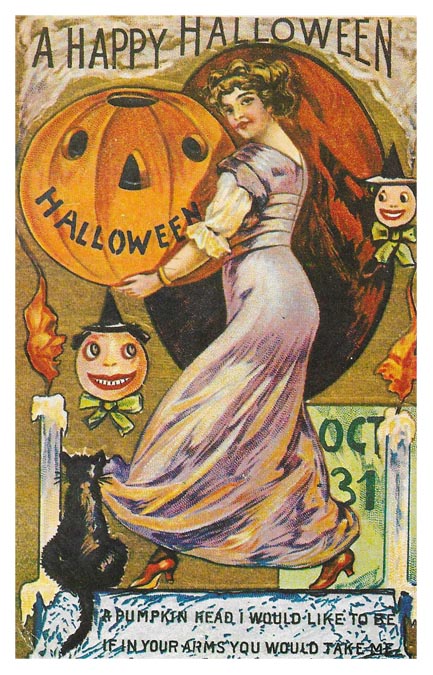

It was All Hallows Eve at the River Lagan, Belfast, Northern Ireland.
The nautical appearance of St. James Street was crowded with sailors, naval officers, and merchants. The shops along the quay catered to those coming and going to the open air markets.
These included the usual tailors, coppers, glovers, milliners, and grocers. The nearby dockyard witnessed deck hands and dockworkers, and the sounds of saws and hammers at the Harland & Wolff shipyards.
Polly was looing for dinner items that she would like for the Halloween party to be held at 8 p.m. that evening. She chose a great array of fresh seafood, including prawns, scallops and clams.The bells of St. Malachy’s announced the four o’clock hour. She still wanted to pick up flowers and some white wine so she had to hurry.
By the 16th Century Halloween had begun to be a part of British folklore and the calendar of events observed throughout the British Isles. Fortune-telling and stories of fairies became part of the season. Most of the fortune-telling games were dedicated to the nature of one’s future spouse, either by name or character or profession, was because marriage was the most important event on the life of rural, pre-industrial youth. In Ireland these games were performed using cabbages.
Bonfires were lighted ,intended to light the way for souls out of Purgatory. Those fires were called “teanlay” and were meant to protect against witches and malicious fairies.
When the fires were all ablaze, all joined hands and danced around the fire to make a great noise. Because of safety concerns, the practice was discontinued by 1879.
A curious young lady would stand in front a mirror on Halloween night with an apple and after eating it, or slicing into sections, would see the face of her beloved in the looking glass. In Irish legend, a young woman sees the devil and is found dead the following morning. The devil had been waiting behind the mirror.
Another ritual involved water which was referred to as the game of luggie bowls. Three of them would be filled with different substances and a blindfolded person would seek to discern if the bowl contained clean water, dirty water, or something else such as a thimble. The luggie bowls figure prominently in James Joyce’s poignant Halloween story “Clay” published in 1914.
So, Polly had some of these games in mind when she prepared the kitchen for her guests that evening. Everything was black and orange, including the candles, the favors, and the bowls.
Polly had invited 10 of her closest friends, each of whom would bring a food item for the party.Costumes were optional and she all ready knew some were coming as salt and pepper shakers, a magician, and a Cheshire cat. Polly decided to be a nurse with a Red Cross hat and the pills would be candy! Take two and call me in the morning, she mused.
When the doorbell rang, and her guests began to arrive, Polly knew it would be a fun evening with delicious food, with games, and with the great comradery that comes with close friends sharing Halloween fun together.

